Estimated reading time: 6 minutes
Planting a tree is one of the simplest and most effective things you can do to improve your environment. Trees clean the air, provide habitat for wildlife, and beautify our surroundings.
Deciding which type of tree to plant in your yard is an important decision. After all, you want a tree that will be strong and healthy for years to come. But with so many different types of trees to choose from, how can you narrow down your options?
Here are a few things to keep in mind as you search for the perfect tree:
First, consider the size of the tree. How big do you want it to grow? Some trees, like oak and maple, can grow quite large, while others, like dogwood and weeping willow, stay on the smaller side. Think about the amount of space you have in your yard, and choose a tree that will fit well.
Second, think about the climate. Some trees are better suited for cold weather, while others do better in warm climates. Make sure to choose a tree that will thrive in the conditions where you live.
Finally, consider the purpose of the tree. Do you want it for shade? Privacy? Decorative purposes? Fruit? Pick a tree that will meet your needs and give you the results you're looking for.
With a little research, you're sure to find the perfect tree for your yard.
Want to save this post for later? Click here to Pin It On Pinterest!
Choose the Right Spot
One of the most important things to consider when planting a tree is making sure you choose the right spot. The last thing you want is for your tree to outgrow its space and have to be relocated.
For this reason, it’s important to take into account the size of the trees once it's mature and make sure there’s plenty of room for it to grow.
Other considerations include the type of soil, sun exposure, and wind patterns. Once you’ve found the perfect spot, you can be confident that your tree will thrive for years to come.
Related: 10 Trees Every Homesteader Should Plant
Dig the Hole
Before you can plant a tree, you need to dig a hole. The hole should be twice as wide as the root ball and just as deep. This will give the roots plenty of room to spread out and anchor the tree into the ground.
Amend the Planting Area
Before you plant a tree, it's important to take some time to prepare the planting area. First, you'll need to loosen the soil and remove any rocks or roots that could impede the tree's growth.
Once the area is clear, you can add some compost or fertilizer to help the tree get off to a strong start. It’s a good idea to conduct a quick soil test to find out which nutrients (if any) your soil is deficient in prior to planting.
Gently Remove the Tree and Place in the Hole
Gently remove the tree from its pot and place it in the hole, being careful to spread out the roots. Next, fill the hole with soil, making sure to firm it around the base of the tree.
Backfill With Soil
Backfill the hole with soil, tamping it down as you go.
Water Well and Mulch
After planting your tree, it's important to give it a chance to establish itself before you start worrying about things like mulch and fertilizers.
One of the best ways to help your tree get off to a good start is to water it deeply and regularly. This will help the roots grow deep and strong, and it will also encourage the tree to develop a good root system.
You can also add mulch. Mulch helps to keep the roots cool, prevents weed growth, and retains moisture.
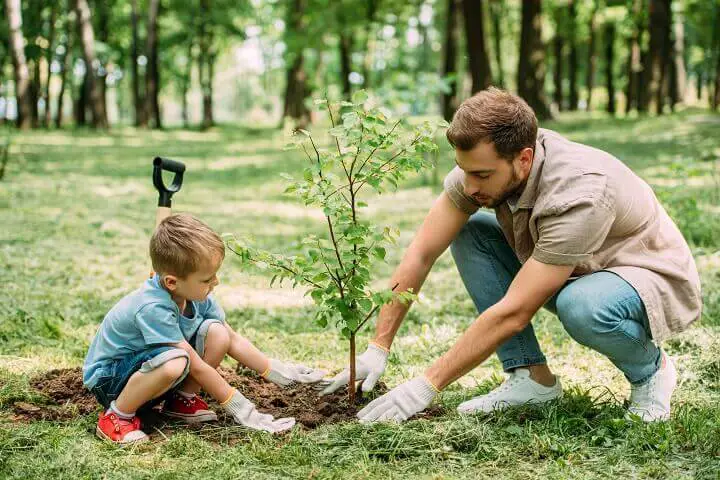
Caring for Your Tree After Planting
Staking and tying your tree after planting is important to ensure the stability of your new tree. You will want to use a material that is strong enough to support the weight of your tree, but not so strong that it will damage the bark.
Once you have staked and tied your tree, watering it regularly is essential. Be sure to check the soil moisture levels before watering, as overwatering can be just as damaging as not watering at all.
In addition, fertilizing your tree after planting can help to promote growth. Choose a fertilizer that is specific to trees, and follow the instructions on the label carefully. Tree fertilizers are designed to provide the nutrients that trees need in order to grow strong and healthy.
By taking these steps, you can help ensure that your new tree gets off to a strong start.
Tips to Help Your Tree Flourish
Trees are a valuable asset to any landscape. Not only do they provide shade and beauty, but they can also help to improve air quality and provide habitat for wildlife. However, trees require care and attention to thrive.
Here are a few simple tips to help your tree flourish:
- Choose the right tree for your site. Make sure to consider the size of the tree at maturity, the amount of sun or shade it will need, and the type of soil it will grow best in.
- Plant your tree in the spring or fall. This will give it a chance to establish roots before the heat of summer or the cold of winter sets in.
- Water your tree regularly. Deep watering once a week is ideal, but be sure to check the soil moisture levels frequently so you don't overwater.
- Mulch around the base of your tree to help conserve moisture and protect roots from extreme temperatures. Replace mulch once a year to ensure that it looks fresh and to keep amending the soil.
By following these simple tips, you can ensure that your tree will be a healthy and valuable part of your landscape for years to come.
Final Thoughts
Trees are a vital part of our ecosystem and they offer many benefits to humans, such as reducing air pollution, providing shade and cooling the environment, and increasing property values.
If you’re looking for ways to make your community or homestead more sustainable, consider planting trees. You can plant a tree by yourself or participate in a local tree planting event.
No matter how you do it, just be sure to get involved and help make your community a greener place.
Like this post? Don't Forget to Pin It On Pinterest!
You May Also Like:

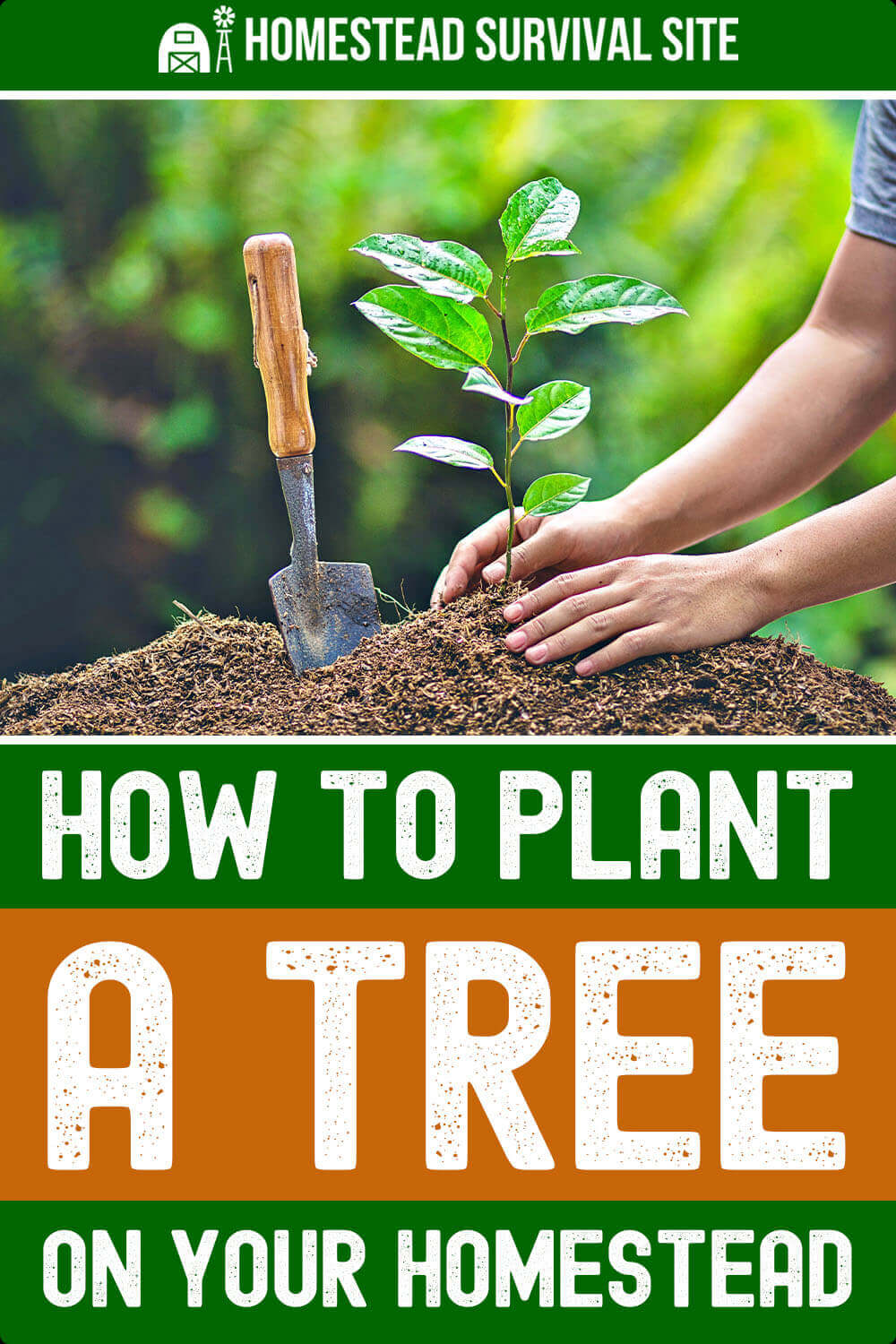


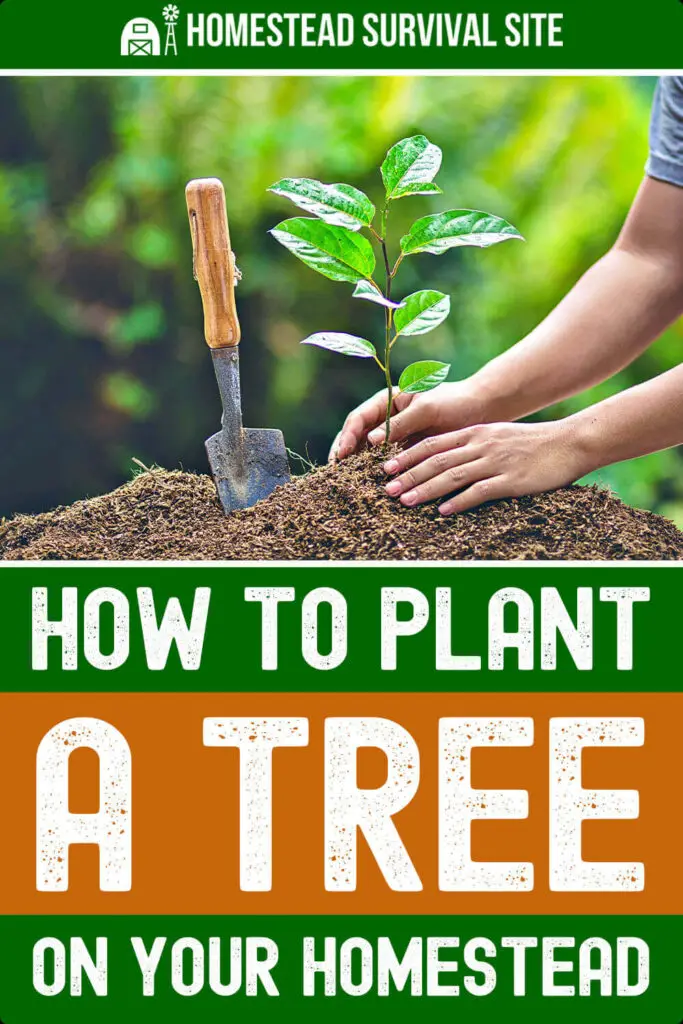

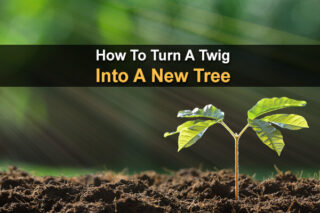
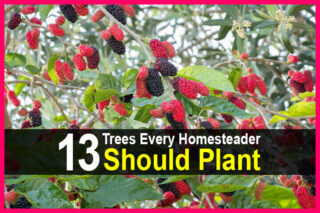

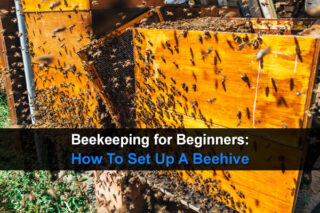

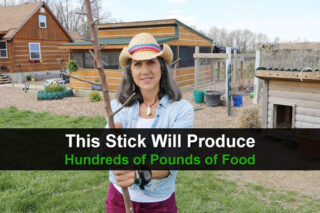
Planting trees are good but if you’re hoping to eat from it, be ready to wait years for any immediate fruit. If you’re trying to survive have other modes of food. Food, veggies and fruits grow very very slow.